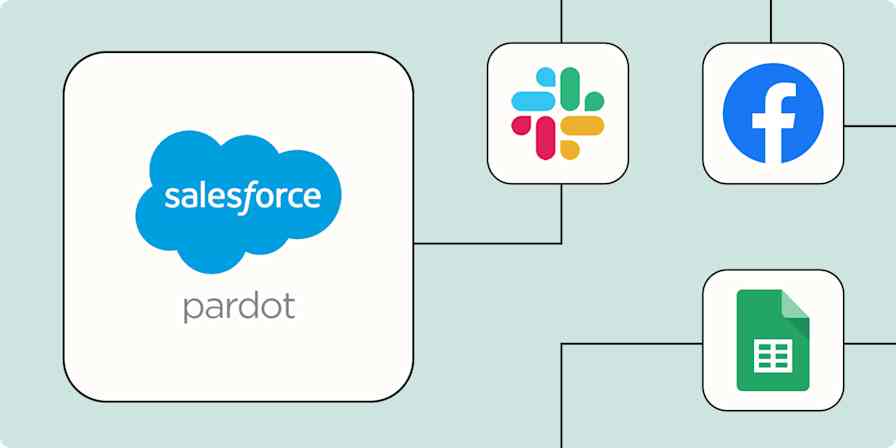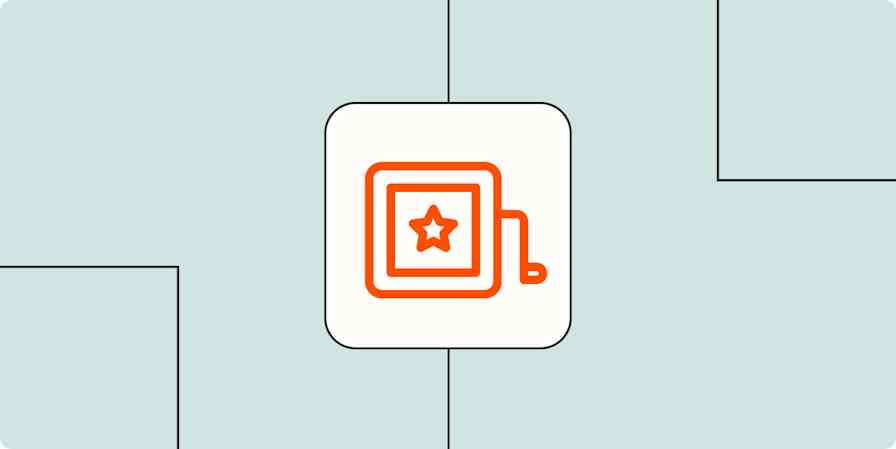Business tips
5 min readSpeaking to your customer: Keep your message brief and clear
Start with a one-sentence offering, and keep the message consistent
By Anders Helgeson · March 30, 2021

Get productivity tips delivered straight to your inbox
We’ll email you 1-3 times per week—and never share your information.
Related articles
Improve your productivity automatically. Use Zapier to get your apps working together.








